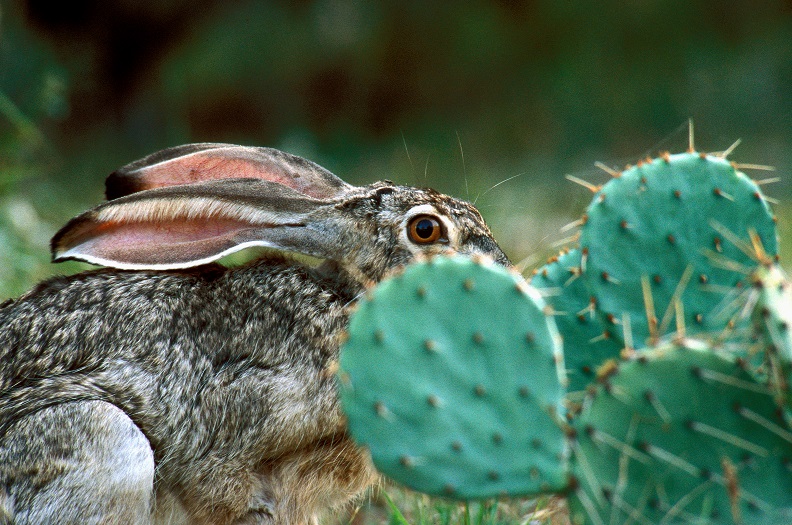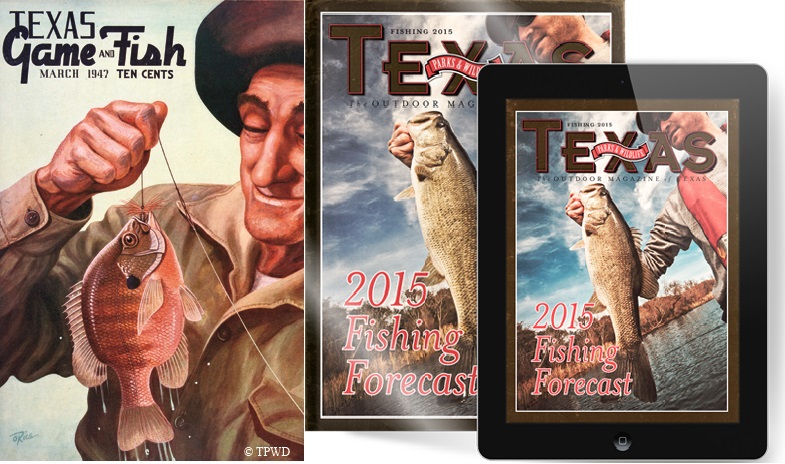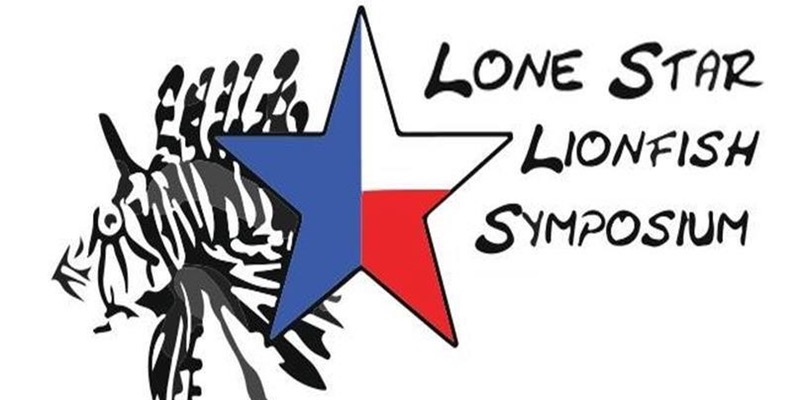Hunting Rabbits and Hares in Texas
Tuesday, February 14th, 2017This is Passport to Texas
People who hunt rabbits say they find it more engaging than waiting hours in a blind for a deer to visit a feeder.
Sometimes when you’re deer hunting, you might be sitting in a blind just being quiet and waiting and not see anything.
You don’t have to “bait and wait” with rabbits; they’re everywhere. Heidi Rao, a hunter education specialist, says rabbits and hares may be hunted year round, statewide.
In West Texas, you do have the larger jackrabbits. We do have some larger rabbits and hares down in South Texas. There is an abundance of rabbits across Texas.
A hunting license is still necessary. Rao says you can use a shotgun when rabbit hunting, but they tend to be loud.
If you plan on doing a day of rabbit hunting, and you’re using a shotgun, you could scare away some of the other rabbits in the area. They could hunker down and hide because of the noise. A .22 rifle or pistol is a lot quieter.
Heidi Rao offers tips on hunting rabbits.
The best way to hunt rabbits—they love cover. They hide near their food source. So that’s a great way to hunt rabbit, along what we call edge. Which is the edge of their habitat versus the open area.
Find hunting information by species on the Texas Parks and Wildlife website.
The Wildlife restoration program supports our series and works to promote shooting sports and hunting in Texas.
For Texas Parks and Wildlife…I’m Cecilia Nasti.







 Passport to Texas is a
Passport to Texas is a  Passport to Texas is made available by:
Passport to Texas is made available by: